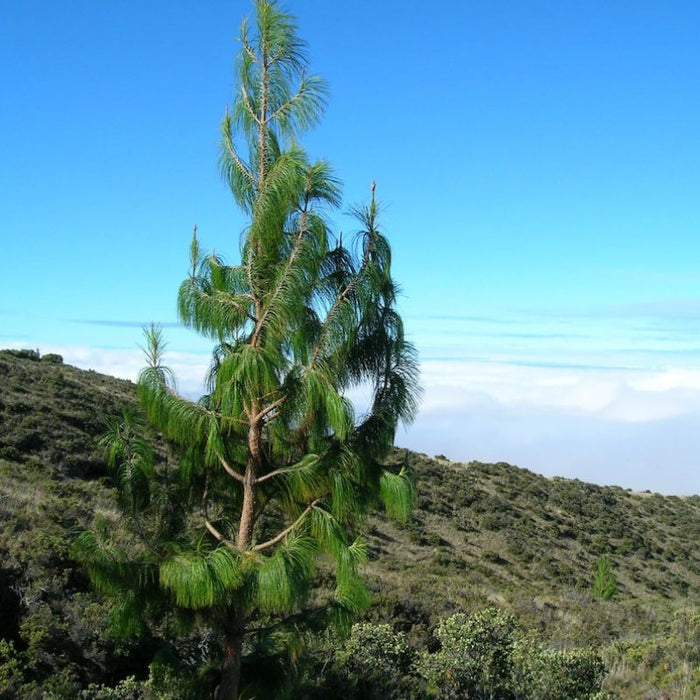
Weeping Pine Tree Seeds
Save 50%
Original price
$10.00
Original price
$10.00
-
Original price
$10.00
Original price
$10.00
Current price
$4.99
$4.99
-
$4.99
Current price
$4.99
Transform your outdoor haven into a stunning masterpiece by incorporating Weeping Pine Tree Seeds. These unique trees, known for their elegant weeping branches and towering height, add a touch of sophistication to any garden. It's no wonder they are a popular choice among both garden enthusiasts and landscape designers.
Details:
- Color: Rich green foliage provides a lush, natural presence.
- Plant Seeds: Sow outdoors after frost or start indoors early in spring.
- Bloom Time: Displays foliage and seasonal growth all summer long.
- Plant Height: Grows into a tall tree reaching up to 40 feet.
- Plant Spacing: Space 20 to 30 feet apart to allow full canopy spread.
- Light Requirements: Thrives in full sun for strong, healthy growth.
- Soil and Water Preferences: Prefers average, well-drained soil.
- Quantity: Packet contains approximately 30 seeds.






